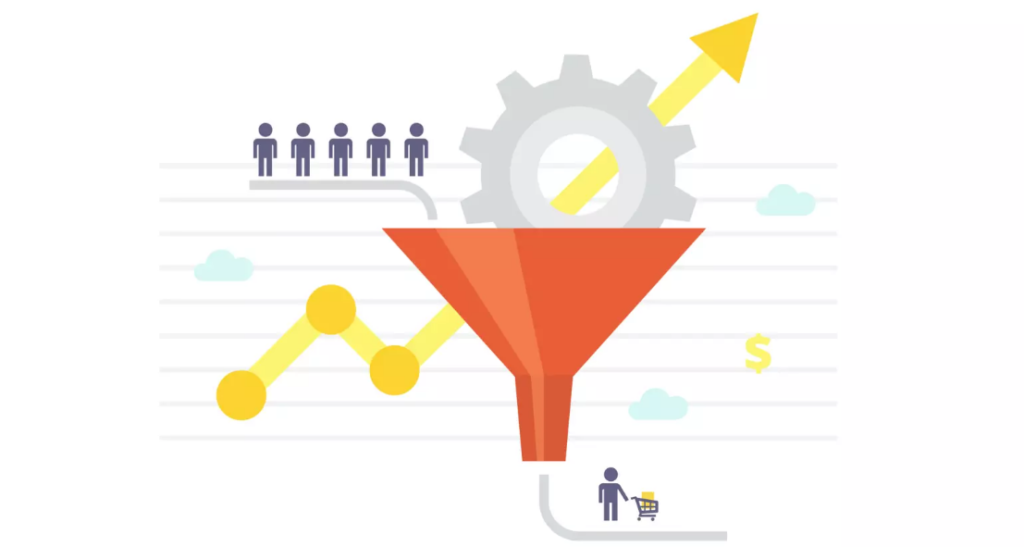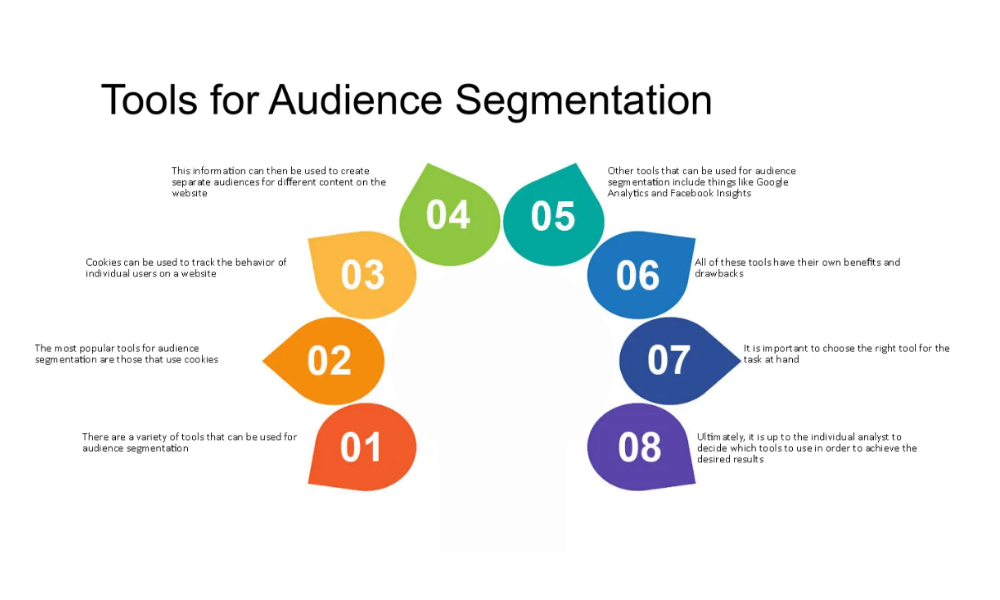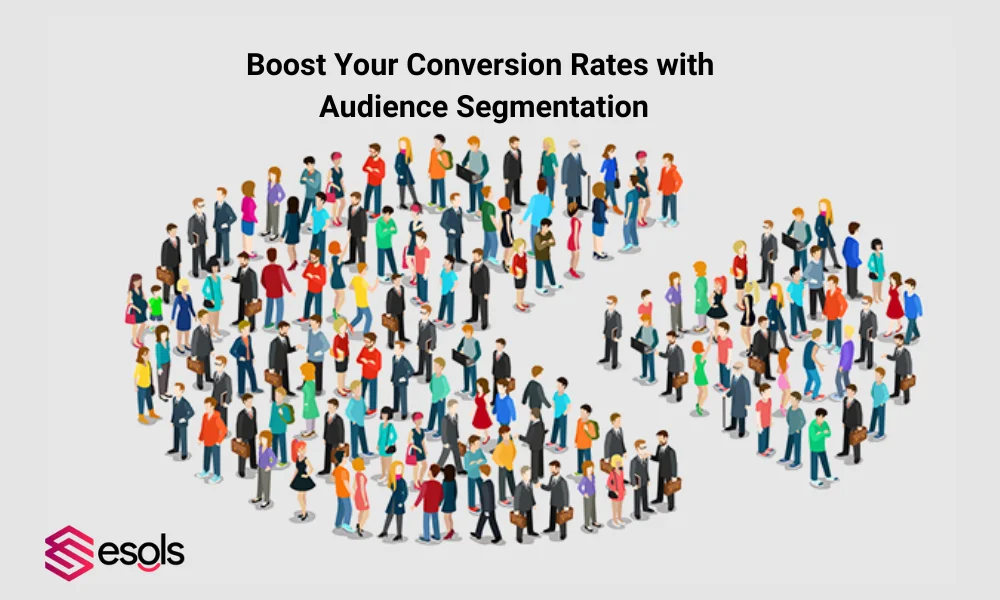In digital marketing, success hinges on connecting with the right people, at the right time, with the right message. This is where understanding how to boost conversion rates with audience segmentation truly shines. By thoughtfully grouping your audience based on shared characteristics, you can craft campaigns that feel personal and relevant, resonating with each segment. This approach not only drives deeper engagement but also turns more leads into loyal customers who feel understood—transforming your marketing from mere outreach into genuine relationship-building.
Table of contents
What is Audience Segmentation?
Audience segmentation is the process of dividing your broad audience into smaller, well-defined segments. These segments are based on factors like demographics, behaviors, or interests, allowing for more personalized marketing.
- Better Targeting: Rather than a one-size-fits-all approach, segmentation helps you tailor messages to each group.
- Increased Relevance: When content is relevant to users, they’re more likely to engage, enhancing your conversion opportunities.
- Effective Resource Allocation: Knowing which segments respond best helps you focus resources where they’ll have the most impact.
Benefits of Audience Segmentation
Segmentation offers a range of benefits that can directly impact your conversion rates:
- Higher Engagement: People are more likely to engage with content that speaks directly to their interests or needs.
- Improved Customer Experience: Personalized communication leads to a better user experience, building trust and loyalty.
- Increased ROI: Targeted campaigns reduce ad spend wastage and improve return on investment (ROI) by focusing efforts on high-potential customers.
Let’s see how you can boost conversion rates through audience segmentation
How Audience Segmentation Boosts Conversion Rates
Audience segmentation provides the foundation for personalized marketing, which can directly impact conversion rates. Here’s how:

- Relevant Messaging: Sending tailored messages increases the chance of capturing the audience’s interest, making them more likely to take action.
- Efficient Lead Nurturing: Segmenting leads based on their position in the buying journey enables you to deliver relevant information at the right time, moving them closer to purchase.
- Better Timing: By understanding customer behavior, you can send promotions or information precisely when they are most likely to engage, maximizing the chances of conversion.
Creating Customer Personas for Targeted Marketing
Customer personas are fictional representations of your ideal customers, and they make audience segmentation more actionable.
Identify characteristics that are common within a segment, such as budget, goals, or product preferences. For each persona, create campaigns that cater to their specific needs, pain points, or motivations. Use personas to guide your content creation, ensuring each piece resonates with a specific audience group.
Segment-Based Email Marketing
Email marketing is one of the most effective channels for segmented campaigns, enabling direct and personalized communication with potential and existing customers.
Segment new subscribers to send relevant introductory emails based on how they signed up. Send personalized product suggestions based on past purchase history or browsing behavior. Target inactive customers with tailored messages or incentives to encourage re-engagement.
Dynamic Content for Personalized User Experiences
Dynamic content changes based on the user viewing it, providing a tailored experience that can drive conversions.
Display content or offers relevant to each user segment, increasing the chance of engagement. Dynamic ads adjust based on user interests and behaviors, ensuring the ad feels highly relevant. Use dynamic fields to customize emails with names, product recommendations, or location-based information.
Leveraging Retargeting Campaigns
Retargeting campaigns allow you to reach out to users who have previously interacted with your brand but didn’t convert, offering another chance to convert them.
Segment users based on actions, like viewed product pages or abandoned carts, and tailor your retargeting messages accordingly. Show ads that feature items they’ve shown interest in, coupled with incentives like discounts or free shipping. Re-engaging users familiar with your brand increases the likelihood of converting them into customers.
Measure and Optimize Based on Segment Performance
Monitoring the effectiveness of each segment allows you to adjust campaigns, optimizing results and boosting conversions.
- Use Analytics: Track key performance metrics (KPIs) for each segment to see what’s working and what isn’t.
- A/B Testing: Experiment with different messages, offers, and formats for each segment to find the most effective combinations.
- Adjust Based on Feedback: Use customer feedback to refine segments and improve personalization.
Tools for Effective Audience Segmentation
There are many tools available that simplify the process of audience segmentation, making it easier to gather data, define segments, and implement targeted marketing.

- CRM Systems: Use customer relationship management software to store customer data and segment your audience effectively.
- Email Marketing Platforms: Platforms like Mailchimp and Klaviyo offer advanced segmentation options for highly personalized email marketing.
- Analytics Tools: Google Analytics and other tools provide insights into audience behavior, helping you refine segments.
Overcoming Challenges in Audience Segmentation
Although effective, audience segmentation comes with its challenges, from data collection to maintaining privacy.
Ensure your data is updated regularly to maintain accurate segments. Adhere to privacy laws by gathering consent for data use and respecting user preferences. Over-dividing can lead to smaller, less actionable segments. Focus on meaningful distinctions that add value to your campaigns.
Conclusion
Implementing audience segmentation is a proven way to boost your conversion rates, helping you reach the right people with the right message. By dividing your audience into targeted segments, you can deliver personalized experiences that make a genuine impact, building customer trust, loyalty, and engagement. As you continue to refine your segmentation approach, you’ll find increased conversion opportunities and a stronger foundation.
Read more : 5 Proven Strategies for Effective Audience Segmentation
FAQs
It’s the process of dividing a broad audience into specific groups for more targeted marketing.
By personalizing marketing, segmentation increases relevance and engagement, driving more people to convert.
CRM tools, analytics platforms, and email marketing software help streamline audience segmentation.
Yes, segmentation enables personalized messaging, increasing customer loyalty and retention.

Smith
Welcome to my blog! As a digital marketing expert with over 15 years of experience, I’ve witnessed the transformative power of search engine optimization from the very beginning of my career. In this blog series, I’ll delve into the crucial role SEO and marketing play in the success of small businesses. Join me on this journey to uncover how leveraging data-driven insights and innovative SEO techniques can propel your small business to new heights, attract a broader audience, and drive sustainable growth in the digital age. Whether you’re a seasoned entrepreneur or just starting out, you’ll find valuable insights and practical tips to enhance your digital marketing strategies.


